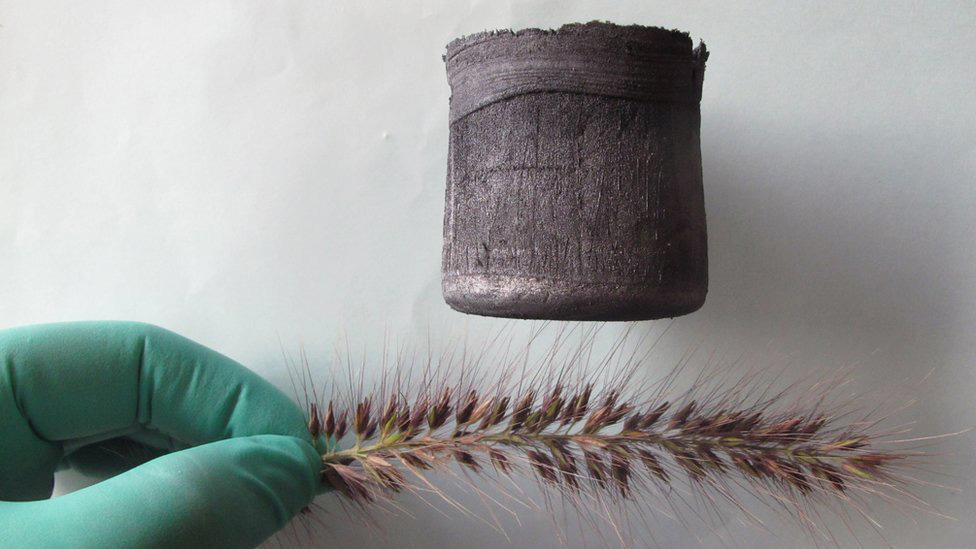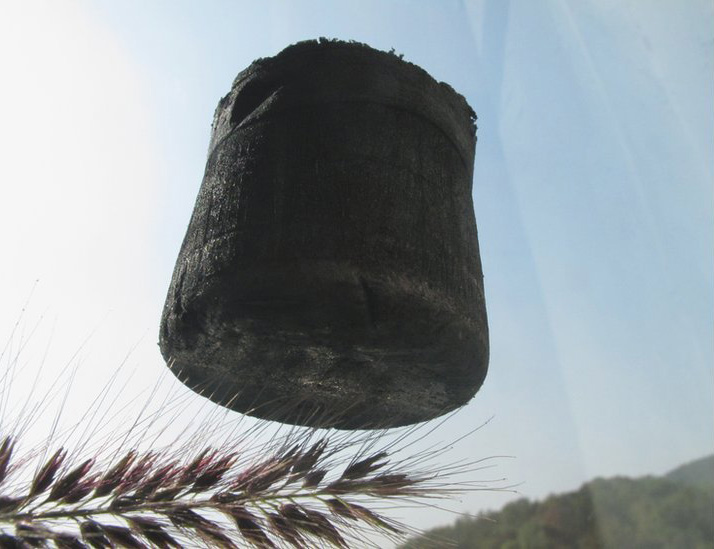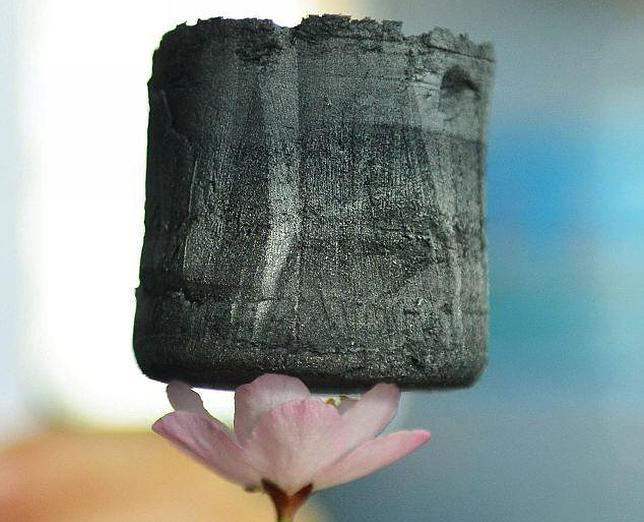World Lightest Material
One of the long standing limitations of aero or air based inventions and vehicles are the weight of its material.
The introduction of the world's lightest material known as graphene aerogel will spark and give birth to a whole new range of tools and perhaps even parts of buildings in the future.
This material has a density lower than that of helium and just twice that of hydrogen at 0.16 mg/cm3. It is seven times lighter than air, if you need to imagine something!
It is actually created using a new technique which involves creating a solution of graphene and carbon nanotubes, pour it into a mold, and then freeze dry it. Freeze drying dehydrates the solution, leaving single-atom-thick layers of graphene, supported by carbon nanotubes.
The graphene aerogel is so light that an cube inch of the stuff can be balanced on a blade of grass, the stamen of a flower, or the fluffy seed head of a dandelion.
Other mind-blowing properties of this material includes having truly superb elasticity and absorption.
The graphene aerogel can recover completely after more than 90% compression, and absorb up to 900 times its own weight in oil, at a rate of 68.8 grams per second!
In aspects of real world application now, it can be used for enabling the creation of lighter, higher-energy-density batteries that contributes to a clean energy future, absorbing and cleaning up oil spills in the oceans and finally as insulators.
It seems this newfound material is already exhibiting potentials towards a healthier and greener future.
Just check out the pictures shared below demonstrating how light it actually is!










What else can we use this material for?




